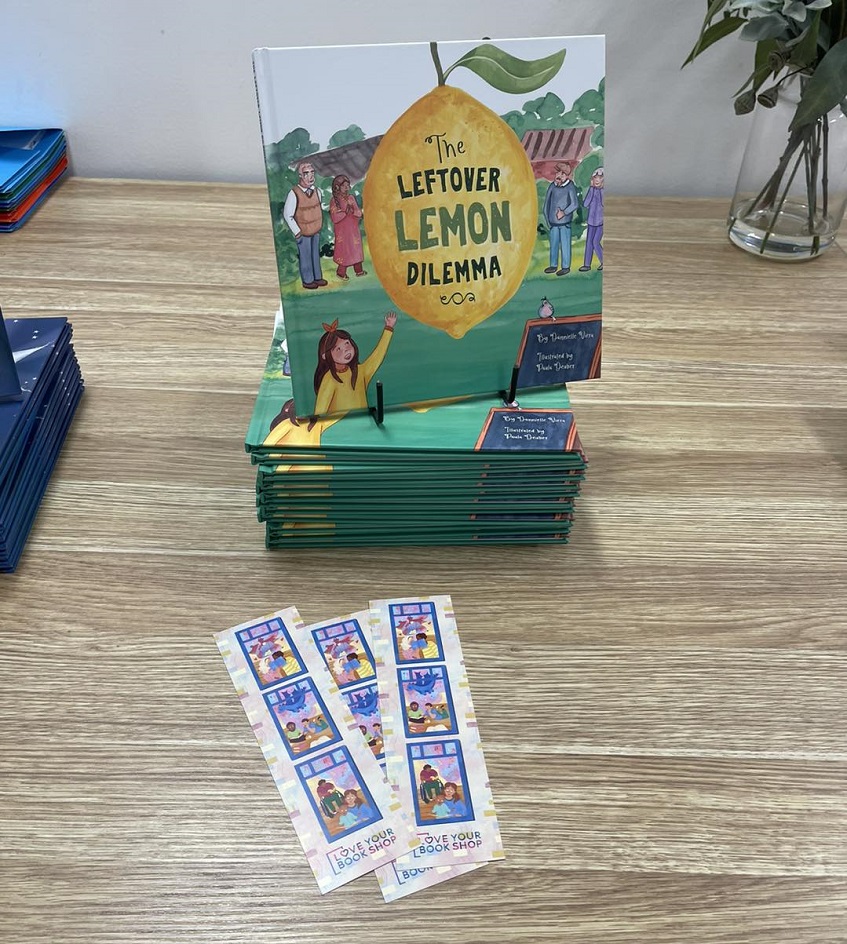
Fun Meets Focus: Enhance Learning with Interactive Teaching Aids
Picture a traditional classroom: rows of desks, stacks of textbooks, and long hours of rote memorisation. For generations, this was the foundation of education. But as our understanding of how children learn has evolved, so too has our approach to teaching.
Today, we know that fun isn’t just a bonus in learning, it’s essential. Engagement fuels retention, and when learning feels like play, children absorb knowledge with enthusiasm rather than reluctance. This is where interactive teaching aids step into the spotlight. Whether it’s times tables placemats at the dinner table, educational bricks during playtime, or colourful ABC mats in the classroom, these tools are transforming education into an enjoyable, hands-on adventure.
Contents
Spotlight on Interactive Teaching Aids
Times Tables Placemat
The most effective aid teaching isn’t just a product, it’s a partnership between child and adult. At first glance, a times tables placemat might seem simple. Just a laminated grid with multiplication tables, but its power lies in its subtle integration into daily life. Positioned during meals, this unassuming tool reinforces multiplication effortlessly. Repetition becomes organic, not forced. Over time, children become familiar with numbers and patterns, all without the pressure of drills or pop quizzes.
Educational Bricks
These aren’t your everyday building blocks. Educational bricks, often compatible with popular LEGO systems, come adorned with letters, numbers, simple equations, or themed words. Children can build towers that spell out words, add up numbers, or recreate historical landmarks. In doing so, they practice spelling, math, sequencing, and problem-solving. All under the fun and play. The tactile experience helps anchor abstract concepts into memory.
ABC Placemat
The ABC placemat turns mealtimes into mini-language lessons. Each letter is accompanied by an image encouraging early letter recognition and vocabulary development. These placemats are particularly effective for toddlers and preschoolers who thrive on visual learning and repetition. They invite curiosity and questions, sparking conversations about words, sounds, and letters in a relaxed, pressure-free setting.
“Build a Sentence” Kits
Think of “Build a Sentence” kits as a grammar playground. Using cards or blocks with printed nouns, verbs, adjectives, and prepositions, children can physically piece together full sentences. It’s an interactive way to teach sentence structure, punctuation, and grammar. The process encourages creativity, self-expression, and comprehension. Best of all, it’s adaptable: beginners can form simple sentences, while advanced learners can tackle more complex constructions.

The Power of Play
Increased Engagement and Motivation
Children learn best when they’re actively involved. Interactive classroom teaching aids grab attention and maintain interest far longer than static worksheets. Whether it’s fitting the right number into a math puzzle or building a sentence with colourful blocks, the act of doing keeps learners focused and eager.
Multi-Sensory Learning
Teaching isn’t just about talking. It’s about seeing, touching, and experiencing. Teachers’ teaching aids that engage multiple senses deepen understanding. A child who hears a letter, sees it on a placemat, and traces it with a finger develops stronger neural connections than one who simply listens.
Active Recall and Application
When a child assembles a puzzle or builds a word, they’re actively recalling and applying knowledge. This reinforces memory better than passive listening. Interactive tools turn concepts into actions, cementing learning through experience.
Reduced Learning Anxiety
When learning feels like a game, the fear of making mistakes fades. Children are more willing to try, fail, and try again. This builds confidence and resilience, traits that benefit them far beyond the classroom.
Developing Fine Motor Skills
Many teaching aids involve hands-on manipulation, gripping, stacking, fitting, or tracing. These actions help develop fine motor skills, hand-eye coordination, and spatial awareness, all of which are crucial for writing and daily tasks.
Personalised Learning Pace
Interactive aid teaching lets children explore at their own pace. Fast learners can challenge themselves, while others can revisit tricky concepts without pressure. This self-guided learning respects each child’s unique rhythm and style.

Choosing and Implementing Interactive Aids Effectively
To maximise the impact of interactive aids, thoughtful selection and integration are key. Focus on:
- Age Appropriateness: Ensure the teaching aid matches the child’s developmental level. Complex tools may frustrate young learners, while overly simple ones may bore older children.
- Durability and Safety: Look for non-toxic, sturdy materials that can withstand frequent use.
- Clear Learning Objectives: Know what the aid is designed to teach and choose accordingly.
- Balance Screen Time: Use physical aids to reduce reliance on digital devices and encourage real-world interaction.
- Facilitate, Don’t Just Provide: Engage with your child. Ask questions, offer guidance, and participate in their learning.
- Integrate into Routine: Make learning a natural part of the day. Placemats during meals, bricks during play, and sentence kits during quiet time.
- Observe and Adapt: Not every child responds to every aid. Watch for signs of engagement or boredom, and adjust as needed.
The Role of Parents and Educators
- Creating a Positive Learning Environment: Your enthusiasm is contagious. Show excitement about the learning process.
- Active Participation: Play alongside your child. Shared experiences create deeper connections and more meaningful learning moments.
- Patience and Encouragement: Celebrate small successes. Avoid focusing on mistakes, and instead applaud the effort.
- Supplementing Formal Education: Use a teacher’s teaching aid to reinforce what’s taught in school, or to introduce new topics at home.
Learning as an Adventure
Interactive teaching with fun aids brings joy, engagement, and meaning to learning. By tapping into play, curiosity, and creativity, they make education feel less like a chore and more like an adventure. From colourful ABC mats to clever sentence-building kits, these tools appeal to all learning styles and turn ordinary moments into teachable ones.
When parents and educators embrace this, they unlock a powerful secret: that fun and focus don’t just coexist, they thrive together. And in that space, children discover that learning isn’t something to be feared, but something to be loved.


Sorry, the comment form is closed at this time.